The Japanese on average live longer than any other population in the world.
Our cuisine is known to be one critical element of such long life expectancy.
Many medical and health practitioners world wide study Japanese cuisine and its ingredients.
There are many ingredients unique to Japan or the Asian region that make our cuisine particularly healthy.
In this article, I will introduce you to 10 Japanese food ingredients that are known to be healthy.
Many of these items are becoming popular as the super food in other countries and being sold at thee premium price.
Try to consume these items as much as possible while you are in Japan and you will be healthy like the Japanese!
Top 10 Healthy Japanese Foods
1.Miso/味噌
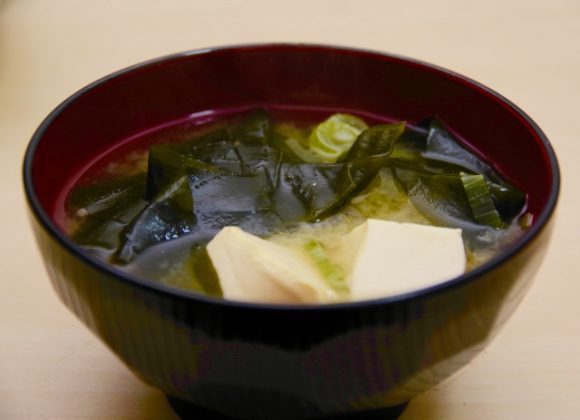 Miso is fermented soy bean paste.
Miso is fermented soy bean paste.It is salty, packed with umami, and rich in texture.
We use it mainly for miso soup.
Its health benefit comes from the long fermentation period it requires.
It has good bacteria that is extra helpful for your gut health.
It is also a good source of Vitamin B, E, K, and folic acid.
Japanese is healthy since we typically take miso in soup at least once a day.
2.Sashimi/刺身
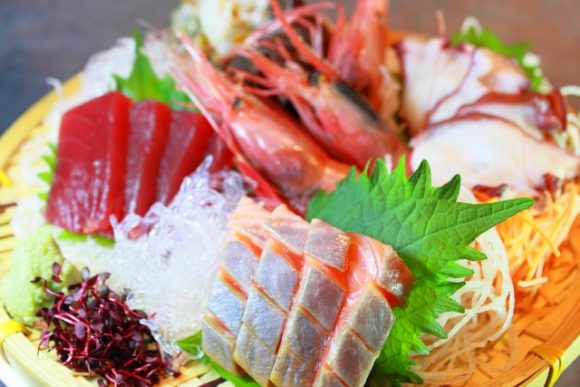 Fish is a great source of omega 3 fatty acid which is beneficial for heart, eye, brain, psychological health.
Fish is a great source of omega 3 fatty acid which is beneficial for heart, eye, brain, psychological health. Japanese cuisine is known to be healthy since we consume more fish instead of red meat such as beef or pork.
Eating fish raw can be particularly healthy since you won’t be adding fat by frying.
Just go easy on your dipping soy sauce and make sure to get the fresh cut.
Then you will be having one of the healthiest main dish.
3.Kaiso (seaweed)/海藻
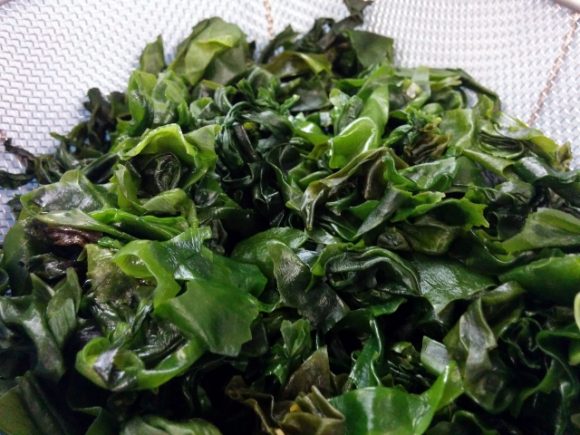 You will find this item almost everywhere in the Japanese cuisine.
You will find this item almost everywhere in the Japanese cuisine. It is in soup, sometimes appear as salad, or hidden in your rice.
We, Japanese, eat lots of seaweed.
Whether you are eating dried nori with sushi, or wakame in miso soup, these are packed with minerals, calcium, iron, zinc.
Seaweed also supports thyroid function.
With so many variations of seaweed, it is easy to add to your diet.
4.Natto/納豆
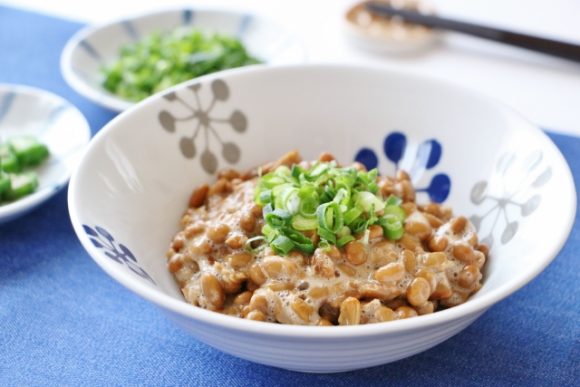 Natto is the notorious fermented soy beans.
Natto is the notorious fermented soy beans.It is known for its strong smell and sticky texture.
Despite some negative perceptions, it is considered to be a super food.
Natto is a great food for your heart.
It has vitamin K1 and K2 which act to prevent blood clotting.
Just like a typical Japanese, why don’t you incorporate it in your breakfast to jump start your day?
5.Yakizakana (grilled fish)/焼き魚
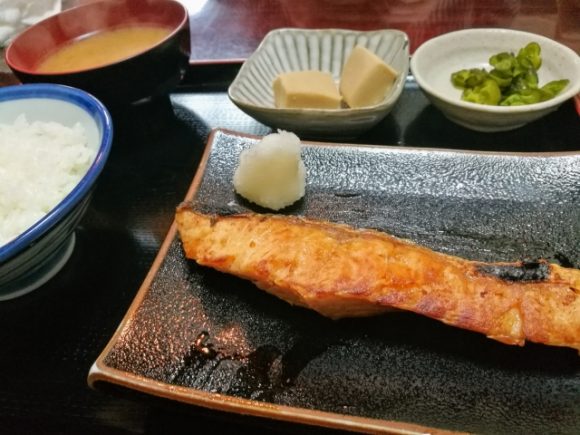 Fish can also be grilled for healthy consumption.
Fish can also be grilled for healthy consumption. Normally, Japanese kitchen comes with a fish grill which drains excess fish oil as it grills, so fish can be grilled without adding oil.
A typical meal in Japan consists of a bowl of rice, a cup of miso soup, and a grilled fish.
This 3-dish meal is the basis of the Japanese diet.
In particular, such fish as sardine, mackerel, horse mackerel are known to clean our blood and help break down fat.
I personally have lost 3 kg just by giving up sweets and sticking to this typical Japanese meal for 1 month.
6.Genmai (brown rice)/玄米
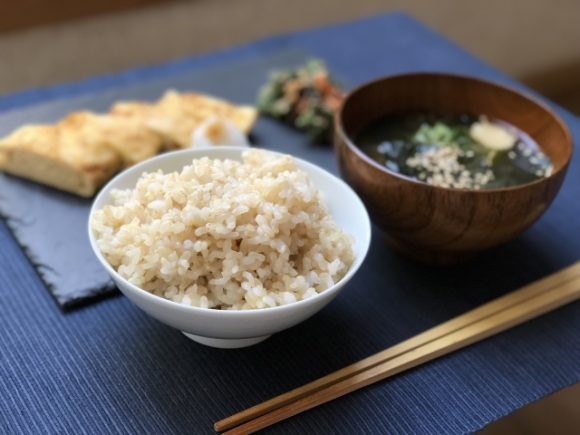 Brown rice is getting attraction not only in Japan but in other rice consuming countries.
Brown rice is getting attraction not only in Japan but in other rice consuming countries. It has 3 times more fibers than white rice.
It also has more minerals such as vitamins, magnesium, calcium, etc.
Brown rice is more filling so it can also prevent eating snacks.
7.Amazake/甘酒
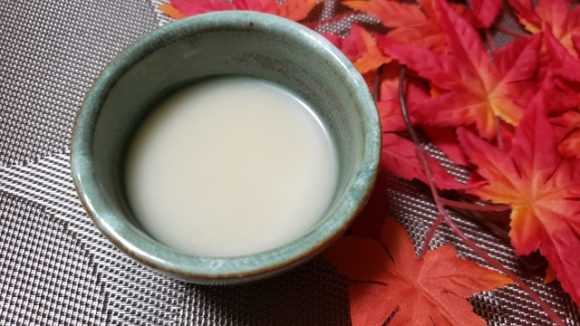 Amazake is a sweet low or non alcoholic drink made from fermented rice.
Amazake is a sweet low or non alcoholic drink made from fermented rice. It uses koji same as miso or soy sauce.
Kojic acid’s benefits to skin has been known internationally but it also has high nutritional value, having high B1, B2, B6 and folic acid values.
Amazake has been popular recently so you can pick up a canned or bottled ready-made amazake for easy consumption.
8.Umeboshi/梅干し
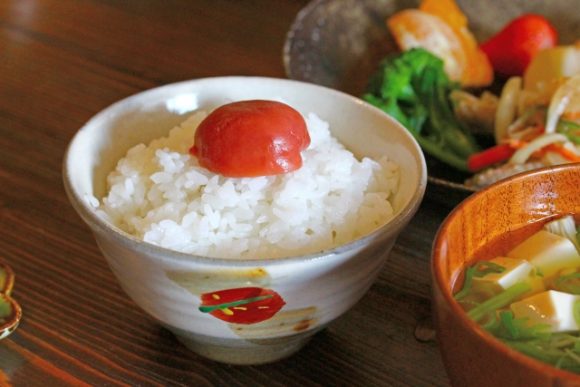 Umeboshi is a sour plum.
Umeboshi is a sour plum.Plums are salted, pickled, then dried.
It is fairly sour but full of citric acid.
We believe sour plums are particularly effective for fatigue during hot summer.
It also increases appetite so rice porridge with a sour plum is a typical meal for someone who is sick or who has a stomach problem.
9.Soba/そば
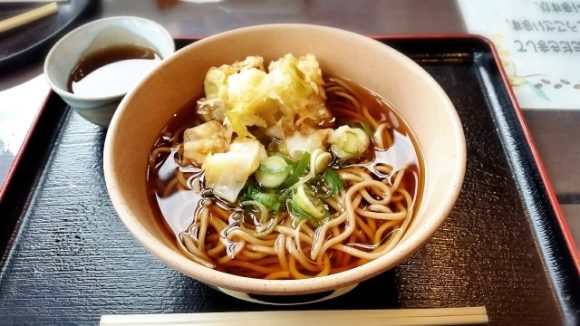 Soba maybe the healthiest of the noodles.
Soba maybe the healthiest of the noodles.It is low in fat and fibrous.
It is effective in controlling your blood sugar.
Unlike ramen, soup you eat soba with tend to be less salty and less fatty, which is another reason why soba is a healthier noodle option.
10.Yamaimo/山芋
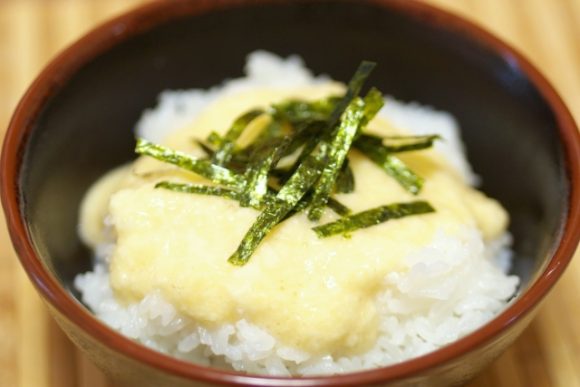 Yamaimo is a mountain yam that is sticky.
Yamaimo is a mountain yam that is sticky. Though this type of yam is not so widely known outside of Japan, it is a very popular food within Japan.
We usually grind the yam and eat it raw.
It can go over rice or fish, meat, vegetable or anything.
It is high in B vitamins and since it is sticky, it is easy for your stomach as well.
